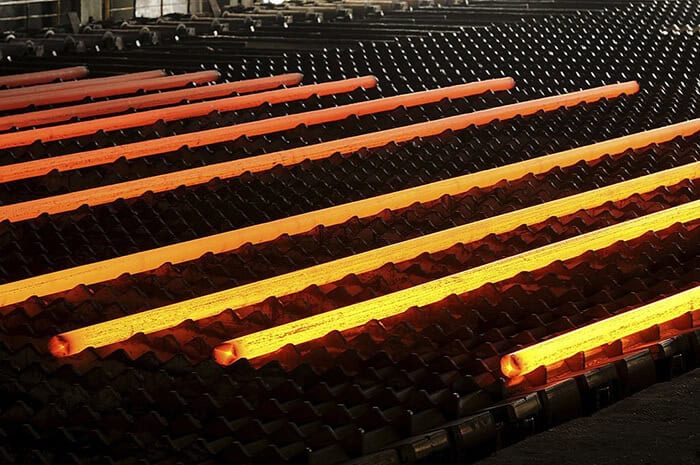Following the cooling of the steel ore subjected to hot processing at room temperature, the cold drawing method is the transmission process. The steel materials obtained as a result of this process are made suitable for the production of various industrial products.
1- Classification of Steel Material and Steel
There is a need for materials with high durability and toughness for the products to be manufactured in various industrial sectors. Most of these materials are steel materials. For steel, different classifications can be made depending on the place and property where it will be used. In these classifications, issues such as the composition of the steel, the production style, the production and cutting methods, the quality status and the place of use are the main criteria.
2- The Concept of Transmission Steel
Transmission steel is one of the materials manufactured according to the mentioned place of use that steel materials can be classified according to different dimensions. Transmission steels, also known as cold drawing steels, are the shaping of manufacturing and tempering steels under normal room temperature conditions. In this method, it is ensured that the said material takes shape by passing it through one or more molds.
3-Mechanical Properties of Transmission Steel
The mechanical properties that provide many advantages to transmission steel can be listed as impact, tensile and elongation capabilities, easy shrinkage, and hard structure against external impacts. At this point, depending on the process to be applied to the steel material, it is also important that the properties of the transmission shaft such as tensile and elongation are of high quality.
4-Chemical Properties of Transmission Steel
Transmission steels also have some chemical properties. These properties include the corrosion resistance, solubility and chemical compositions of transmission steels. Considering the thermal properties of transmission steels, it will be seen that they have high heat storage ability. For this reason, its chemical properties are also effective in choosing transmission steels.
5- How is Transmission Steel Produced?
Carbon steels with a round cross-section and different diameters are produced from hot-rolled steel material using the cold drawing method. In steel materials in this form, it is desired to improve the resistance of the product against yield and tensile without applying heat treatment. Transmission steels are produced by passing low-carbon steel materials through one or more different molds and forming them.
Carbon steels with a round cross-section and different diameters are produced fromhot-rolled steel material using the cold drawing method. In steel materials in this form, it is desired to improve the resistance of the product against yield and tensile without applying heat treatment. Transmission steels are produced by passing low-carbon steel materials through one or more different molds and forming them.
6- In What Areas Is Transmission Steel Used?
Transmission steel is frequently preferred in many areas such as building construction, various machinery and equipment production, white goods production, automotive and defense industry. In addition, bars in round form as transmission shafts can be used in hydraulic systems or pistons. On the other hand, it is a type of material that can be easily processed on lathes and has the feature of machining.
7- Transmission Steel Prices
In different sectors, the price of the transmission steel produced for the purpose of production may vary depending on some criteria. These criteria are the weight, dimensions and quality level of the material. People who need the aforementioned material should meet with the companies that produce and get information about their requirements.
8- Important Facts About Transmission Steel
The reason for the comfortable processing of the transmission steel and consequently its use in many areas is due to its low hardness level in chip removal. Transmission rods manufactured by cold rolling are always produced after hot rolling and by peeling. After the acid is cleaned and the surface is smooth, the process is finished.

